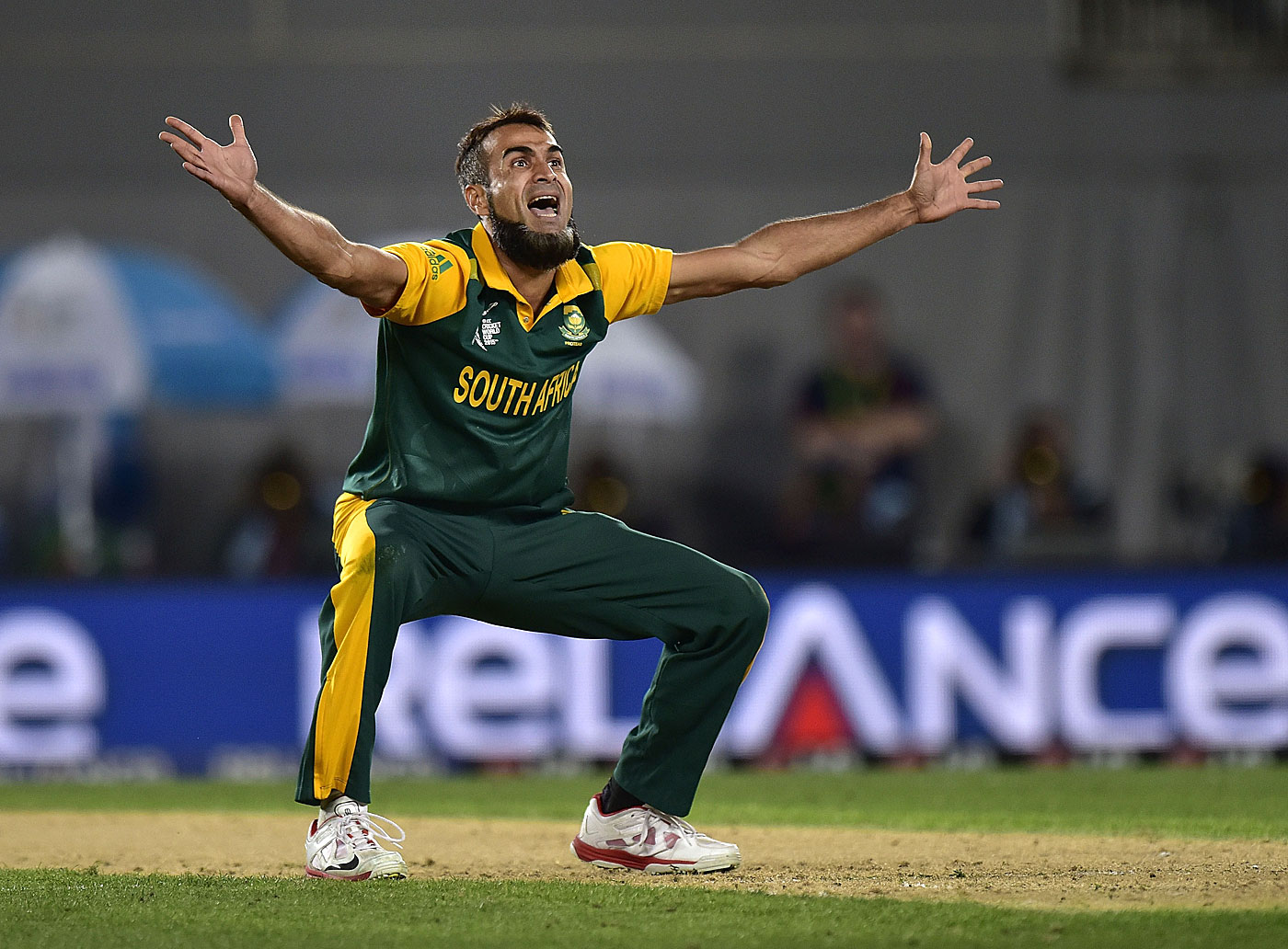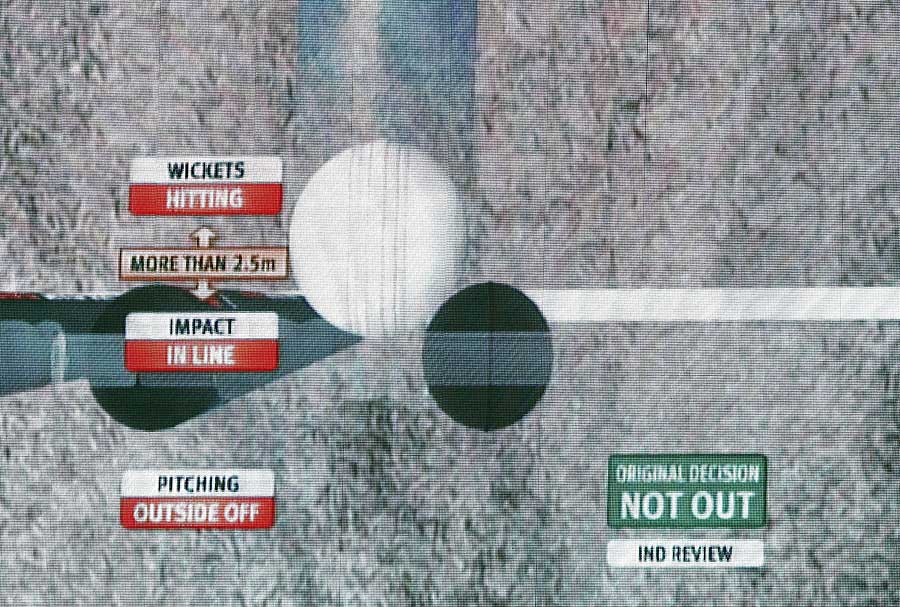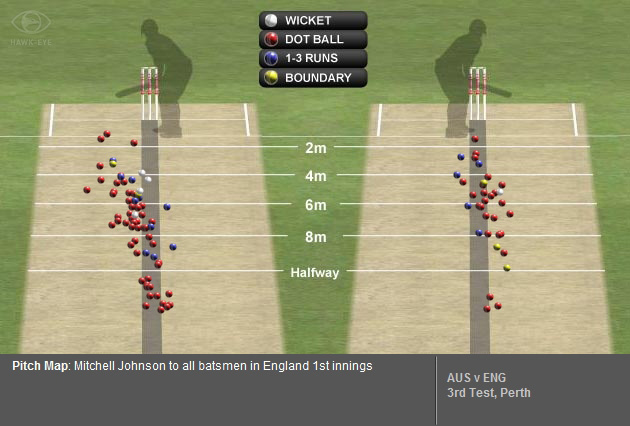Roberto A Ferdman in The Independent
Rice, the lifeblood
of so many nations' cuisines, is perhaps the most ubiquitous food in the world.
In Asia, where an estimated 90 percent of all
rice is consumed, the pillowy grains are part of almost every meal. In the Caribbean, where the starch is often mixed with beans,
it's a staple too. Even here in the United States, where people eat a
comparatively modest amount of rice, plenty is still consumed.
Rice is popular
because it's malleable—it pairs well with a lot of different kinds of food—and
it's relatively cheap. But like other starch-heavy foods, it has one central
flaw: it isn't that good for you. White rice consumption, in particular, has
been linked to a higher risk of diabetes. A cup of the cooked grain carries
with it roughly 200 calories, most of which comes in the form of starch, which
turns into sugar, and often thereafter body fat.
But what if there
were a simple way to tweak rice ever so slightly to make it much healthier?
An undergraduate
student at the College of Chemical Sciences in Sri Lanka and his mentor have
been tinkering with a new way to cook rice that can reduce its calories by as
much as 50 percent and even offer a few other added health benefits. The
ingenious method, which at its core is just a simple manipulation of chemistry,
involves only a couple easy steps in practice.
"What we did
is cook the rice as you normally do, but when the water is boiling, before
adding the raw rice, we added coconut oil—about 3 percent of the weight of the
rice you're going to cook," said Sudhair James, who presented his
preliminary research at National Meeting & Exposition of the American
Chemical Society (ACS) on Monday. "After it was ready, we let it cool in
the refrigerator for about 12 hours. That's it."
How does it work?
To understand
what's going on, you need to understand a bit of food chemistry.
Not all starches,
as it happens, are created equal. Some, known as digestible starches, take only
a little time to digest, are quickly turned into glucose, and then later
glycogen. Excess glycogen ends up adding to the size of our guts if we don't
expend enough energy to burn it off. Other starches, meanwhile, called
resistant starches, take a long time for the body to process, aren't converted
into glucose or glycogen because we lack the ability to digest them, and add up
to fewer calories.
A growing body of
research, however, has shown that it might be possible to change the types of
starches found in foods by modifying how they are prepared. At the very least,
we know that there are observable changes when certain foods are cooked
different ways.
Potatoes, for
instance, go from having the right kind of starch to the less healthful kind
when they are cooked or mashed (sigh, I know). The process of heating and
cooling certain vegetables, like peas and sweet potatoes, can also alter the
amount of resistant (see: good) starches, according to a 2009 study. And rice,
depending on the method of preparation, undergoes observable chemical changes.
Most notably, fried rice and pilaf style rice have a greater proportion of
resistant starch than the most commonly eaten type, steamed rice, as strange as
that might seem.
"If you can
reduce the digestible starch in something like steamed rice, you can reduce the
calories," said Dr. Pushparajah Thavarajah, a professor who is supervising
the research. "The impact could be huge."
Understanding this,
James and Thavarajva tested eight different recipes on 38 different kinds of
rice found in Sri Lanka.
What they found is that by adding a lipid (coconut oil in this case, because
it's widely used in Sri Lanka) ahead of cooking the rice, and then cooling the
rice immediately after it was done, they were able to drastically change its
composition—and for the better.
"The oil
interacts with the starch in rice and changes its architecture," said
James. "Chilling the rice then helps foster the conversion of starches.
The result is a healthier serving, even when you heat it back up."
So far they have
only measured the chemical outcome of the most effective cooking method for the
least healthful of the 38 varieties. But that variety still produced a 10 to 12
percent reduction in calories. "With the better kind, we expect to reduce
the calories by as much as 50 to 60 percent," said James.
Cooking that can
change the world
The prospect of
lower calorie rice is a big deal. Obesity rates are rising around the world,
particularly in the developing world, where people rely more heavily on cheaper
food staples. China and India, which
are already seeing rising obesity problems, are huge consumers of rice. Rice,
of course, is not the sole cause of weight gain. But reducing the amount of
calories in a cup of rice by even as little as 10 percent could have an
enormous impact for future generations.
"Obesity has
been a problem in the United
States for some time," said Thavarajah.
"But it's becoming a problem in Asia,
too. People are eating larger and larger portions of rice, which isn't
good."
The researchers
still have to test the remaining varieties of rice, including Suduru Samba,
which they believe will produce the largest calorie reduction. They also plan
to experiment with oils other than coconut oil, like sunflower oil.
A world where
commercially sold rice comes pre-cooked and with much fewer calories might not
be that far off. People should already be able to replicate the process at
home, although James warns the results might vary depending on the type of rice
used. And there's good reason to believe the chemistry could be applied to many
other popular but less-than-healthy foods.
"It's about
more than rice," said Thavarajah. "I mean, can we do the same thing
for bread? That's the real question here."
Copyright: The Washington Post



